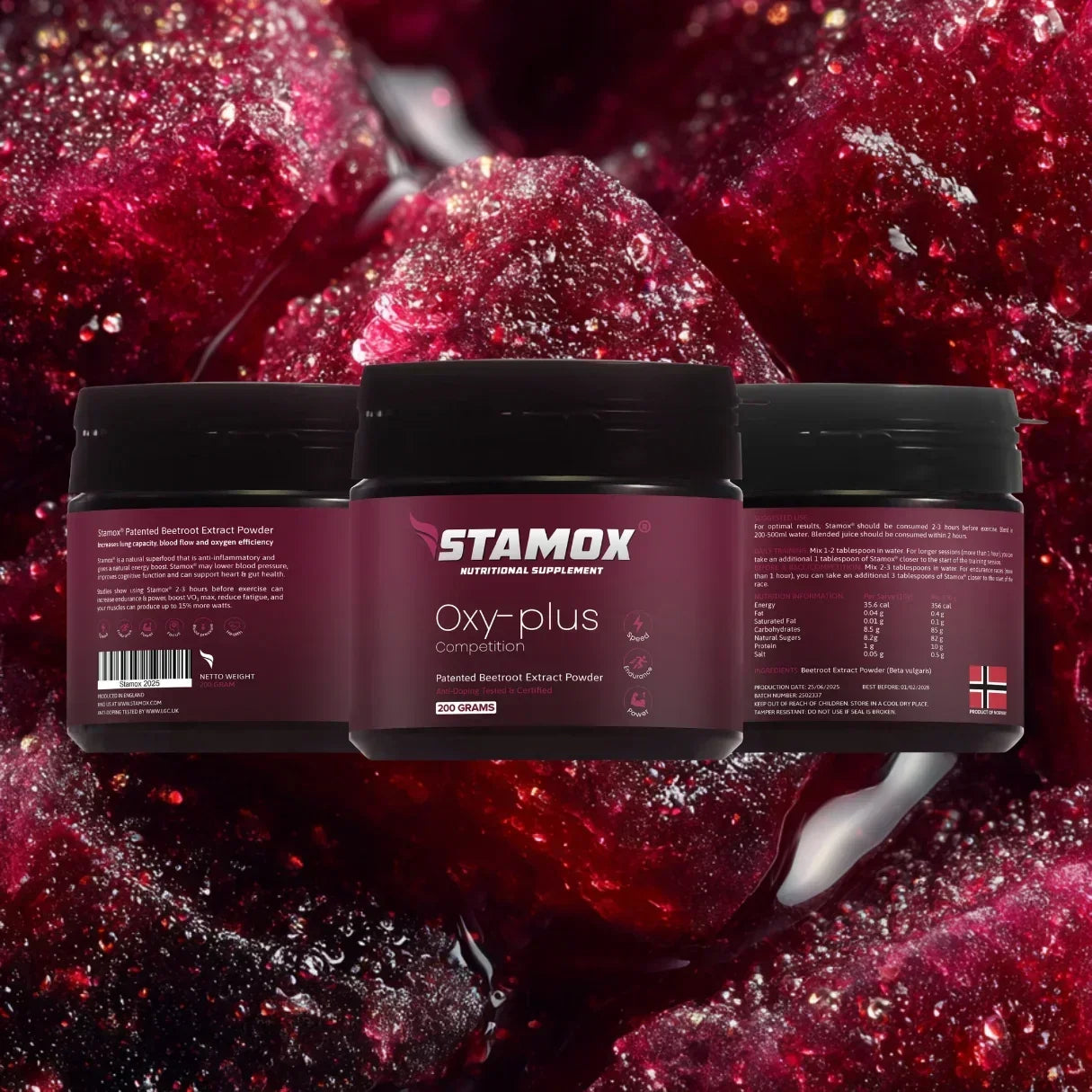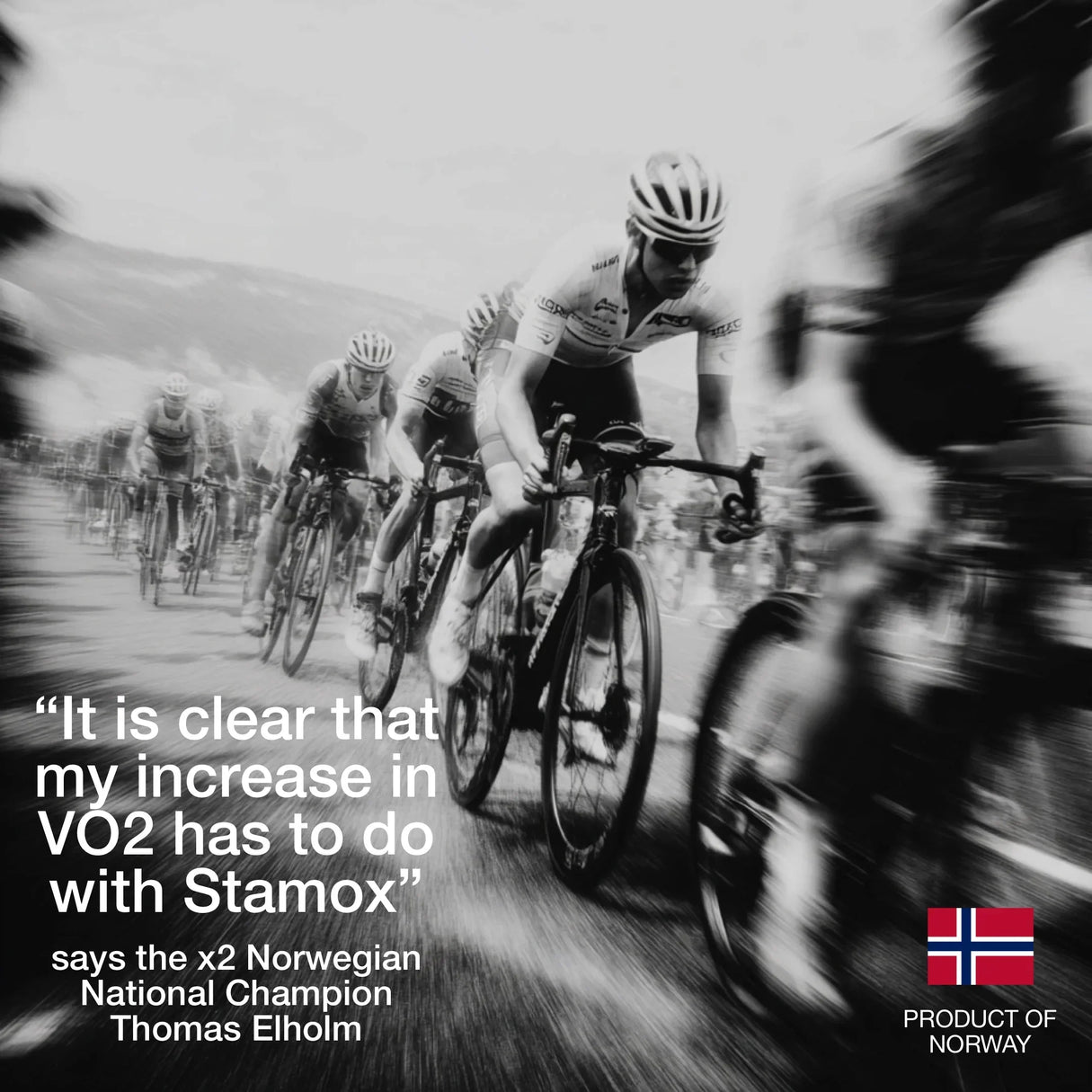Want to naturally increase your power output and endurance on the bike? Discover how beetroot juice for cycling is a game-changer, backed by science. This guide shows you how to use this powerful supplement to ride faster and longer.
Why Beetroot Juice is a Powerful Cycling Supplement
The performance benefits of beetroot come from its high concentration of dietary nitrates. Your body converts these nitrates into Nitric Oxide (NO), a vital molecule that significantly impacts your cycling performance.
Nitric Oxide provides two key benefits for endurance athletes:
- Vasodilation: It relaxes and widens your blood vessels. This improves blood flow, delivering more oxygen and nutrients to your working muscles during a ride.
- Improved Mitochondrial Efficiency: It makes the energy-producing parts of your muscle cells (mitochondria) more efficient, meaning you use less oxygen to produce the same amount of power.
Research, including studies published in the Journal of Applied Physiology, proves that cyclists drinking beetroot juice required less oxygen to maintain a given pace. For you, this means increased cycling efficiency, allowing you to push harder watts or maintain your speed with less effort, especially on tough climbs and long rides.
Stamox: A High-Concentration Beetroot Supplement for Cyclists
For a potent and convenient option, consider a specialized supplement like Stamox. It's a patented, 100% pure Norwegian beetroot extract powder designed to maximize VO2 max, endurance, and power output.
Stamox is distinguished by its clinically studied formula. Users report measurable gains in endurance and power, with peak effects occurring 2-3 hours after consumption. Studies indicate potential for muscles to produce up to 15% more power, a benefit easily tracked with a bike power meter.
"After integrating Stamox into my training, I noticed a significant difference in my ability to maintain high intensity during long races. It gave me the extra edge to push through the final, demanding sections."
— Norwegian Champion Rower and Stamox User
How to Use Beetroot for Cycling: A Practical Guide
To get the maximum performance benefits from beetroot, timing and consistency are key.
Optimal Timing and Dosage
- When to Take It: For a single dose, consume your beetroot juice or supplement 2-3 hours before your training session or event for peak nitric oxide levels.
- Loading Strategy: For a major event like a sportive or race, consider a "loading phase" by taking a daily dose for 6-7 days beforehand. For regular training, using it on key workout days is sufficient.
Training Plans to Maximize the Benefits
With improved oxygen efficiency, you can target specific energy systems. Here’s how to structure your training with beetroot:
| Training Type | Duration | Intensity | Benefit with Beetroot Supplement |
| Threshold Intervals | 4 x 10-12 min | 90-95% of FTP | Hold a higher power at lactate threshold |
| Long Endurance Ride | 3-5 hours | 65-75% of FTP | Improved aerobic efficiency and fuel use |
| VO₂ Max Intervals | 6-8 x 3-5 min | 105-120% of FTP | Increase your maximum aerobic capacity |
FAQ: Beetroot for Cyclists
How often should I take beetroot juice for cycling?
For the best results, use it daily during a loading phase before a key event, or consistently before your important training sessions.
Do you build a tolerance to beetroot supplements?
No. Scientific evidence indicates that your body does not build a tolerance to dietary nitrates, and the performance benefits remain with regular use.
Can beetroot replace my other sports nutrition?
Absolutely not. Beetroot supplements are an ergogenic aid, not a source of fuel. They should be used alongside a balanced cycling diet rich in carbohydrates, protein, and healthy fats, especially around your rides.
Conclusion: By incorporating a high-quality beetroot supplement like Stamox into your nutrition plan, you can scientifically enhance your road cycling performance, increase your wattage, and achieve your personal bests more efficiently.













